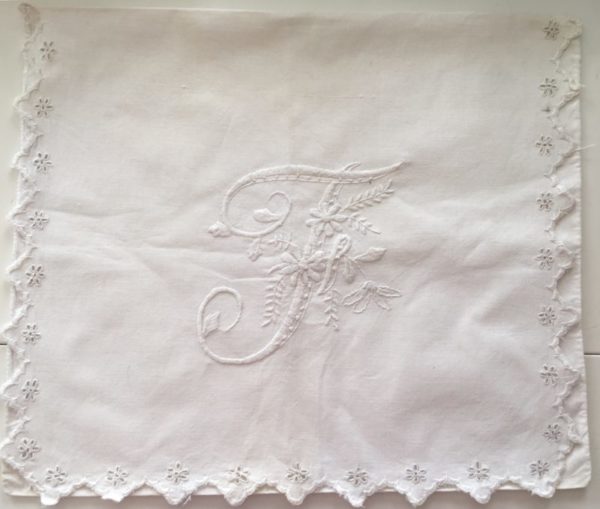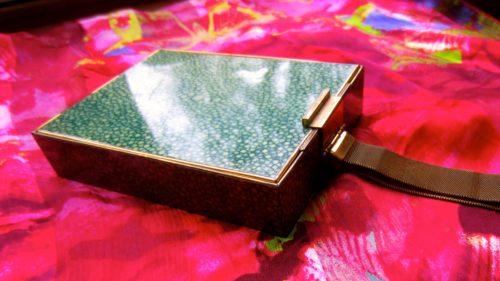Where do you keep your nightwear? Squashed under your pillow? Or neatly folded in a beautifully embroidered case that you made yourself?

In the first decades of the 20th century, the latter was the more likely answer. Magazines contained examples to make and customise. Placed on the bed below your pillows, a nightdress case reflected the value of garments in an era before readymade fashions meant clothing was less precious. Importantly, they also signalled feminine accomplishment and style. Monograms, elaborate designs and artificial flowers could all be used to personalise the case.


Women’s magazines advised that these cases should resemble ‘boudoir cushions’ – pretty and delicate – a foretaste of the nightdress itself. They were part of a large repertoire of handmade items that populated the domestic sphere – demonstrating women’s skills and care for themselves and their home.

I am lucky to have an example made by my maternal grandmother in the early 1900s. She embroidered her case with a curling ‘F’ for her name – Florence – and embellished her whitework stitches with the flowers that mimicked those she loved to arrange in vases and draw. She decorated the edges with scallops and daisy-shaped eyelet embroidery. She also left us other tokens of her craft skills – crocheted bags, and a little baby blanket trimmed with pink ribbon.

Such items connect generations of my family, recall my grandmother’s life over one hundred years ago and speak of the way young women were brought up to create things for themselves and their families. Nightdress cases may have fallen out of fashion, but they are still treasures of our past.








